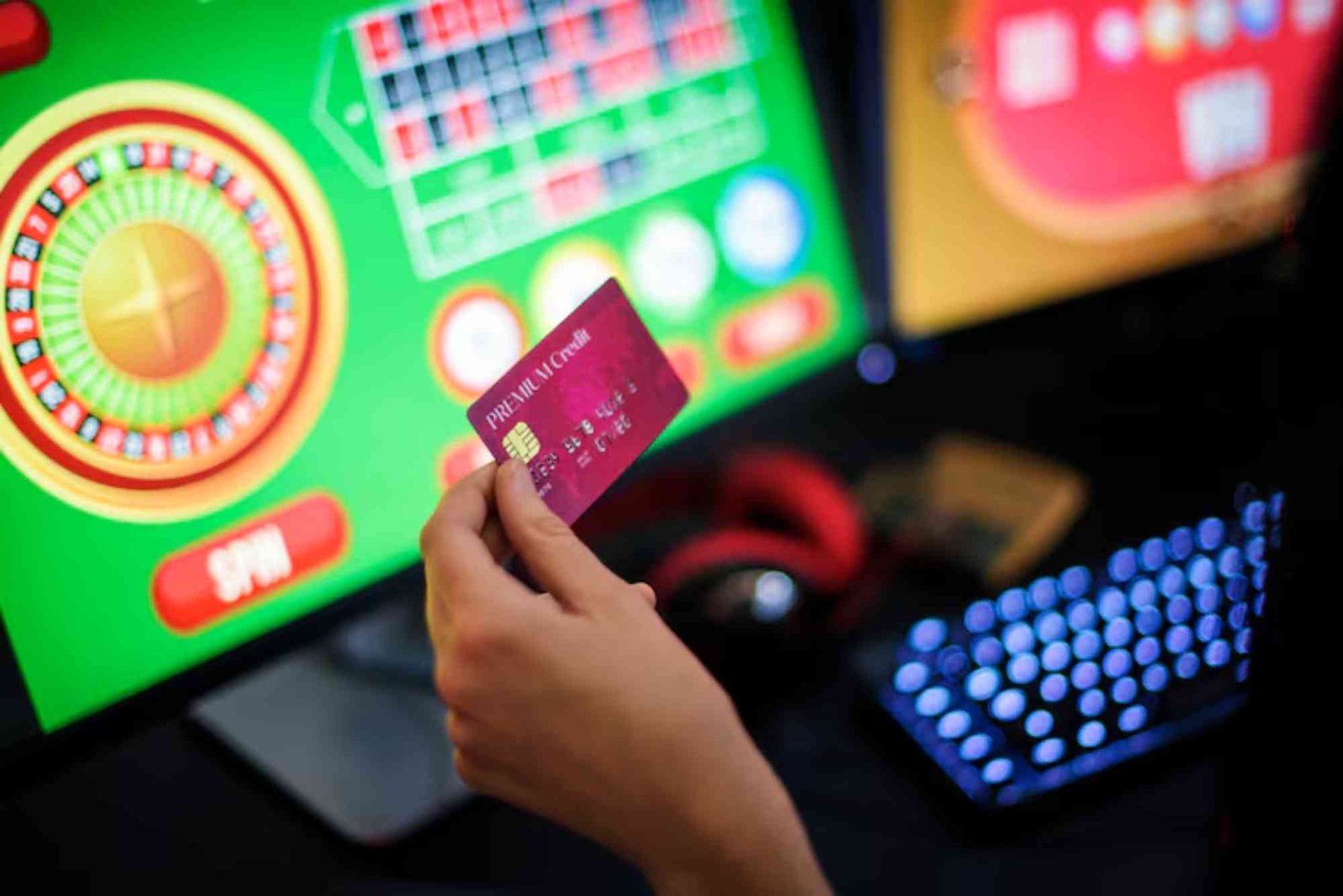When I first slipped on an AR headset at my local casino, I expected mere novelty—a few floating graphics here and there. What I discovered was a genuine transformation of classic table games. Augmented reality (AR) seamlessly blends digital overlays with real‐world environments, taking games like blackjack, poker, and roulette to new heights. Instead of sitting across from a static dealer, I found myself immersed in dynamic 3D visuals, intuitive gesture controls, and live analytics—all layered onto the felt. In this article, I’ll walk you through how AR features enhance table games, why this matters for both players and operators, and what you can expect from the next wave of Best Newest Casino Sites that incorporate these innovations.
The Evolution of Table Games in the Digital Age
Decades ago, video poker and electronic roulette were cutting‐edge. Then live‐dealer streams brought the casino floor into our living rooms. Now AR is the next frontier. By projecting digital graphics into a player’s line of sight—whether through a headset, smart glasses, or even a smartphone camera—AR enriches the tactile experience of physical gaming with data, animations, and interactions that were once confined to 2D screens.
This evolution isn’t just about flashy effects. Early adopters reported that AR decks helped them make faster decisions, and casino operators noted increased table turnover thanks to smoother gameplay. AR bridges the gap between digital convenience and the authentic feel of brick‐and‐mortar casinos, offering the best of both worlds.
Why AR Table Games Matter Today
When exploring Best Newest Casino Sites, you’ll notice a growing emphasis on AR features. These platforms understand that modern players crave more than static card flips and spin animations—they want dynamic, personalized experiences. AR injects a fresh layer of engagement by overlaying digital elements onto the physical table: think holographic chip stacks, animated card reveals, and even virtual spectators reacting to your big win.
Moreover, AR makes table games more approachable for newcomers. Imagine seeing a ghostly hand guide your first blackjack split, or virtual markers highlighting payoff odds in real time. This “hands‐on” digital guidance accelerates learning curves and boosts player confidence, leading to longer, more enjoyable sessions.
Key Augmented Reality Features Changing the Game
Interactive 3D Visuals
AR transforms flat cards and chips into 3D models that leap off the table. In my first AR‐enhanced poker game, I watched as each card deal animated in slow motion, complete with subtle depth cues and shading. Dice rolls in craps felt tactile, with realistic physics simulated in midair. These visuals aren’t mere eye candy—they reinforce game mechanics, making it instantly clear where a card lands or how a die bounces, minimizing disputes and enhancing immersion.
Gesture-Based Controls
One of the most striking innovations I’ve tried is gesture control. Instead of lifting chips to bet, I simply pinched the air in front of me to select an amount; a swipe of my hand folded my cards in blackjack. These controls felt intuitive after just a few rounds—and crucially, they reduce the risk of mis‐bets caused by misplacing chips or misreading the table layout. For players with limited mobility or new to casino etiquette, gesture interfaces open the door to frictionless, accessible gaming.
Real-Time Statistics and Analytics
AR’s ability to ingest live data is a game‐changer. As the dealer dealt my cards, a translucent dashboard floated in my peripheral vision, showing win probabilities, historical trends, and optimal strategies based on millions of simulated hands. I could toggle metrics on or off: seeing the effect of a potential bet on my expected value, tracking hot and cold numbers in roulette, or reviewing my personal performance over the past hour. By turning raw data into digestible visual cues, AR empowers players to make informed decisions on the fly.
Social Interaction Enhancements
Table games have always thrived on social energy—eye contact, banter, tension. AR elevates this by enabling virtual overlays of other players’ avatars or emojis floating over the dealer’s shoulder. In multiplayer poker, I’ve seen animated “+1” tokens appear when someone raises, and subtle heartbeat animations indicate opponents’ stress levels based on micro‐expression analysis. These features maintain human connection, even in hybrid or remote tables where participants join from home.
Practical Benefits for Players and Operators
Enhanced Engagement and Retention
From my experience, AR increases every session’s “stickiness.” The novelty of AR visuals quickly gives way to appreciation for more meaningful interactions. I found myself staying later, placing more hands, and returning the next day. Operators report that tables equipped with AR tech see 15–20% longer average player time, translating directly into revenue gains.
Reduced Learning Curve for New Players
Casinos often struggle to onboard beginners at table games. AR’s guided tutorials—live hints, highlighted betting zones, step‐by‐step rulebooks projected onto the felt—dramatically shorten the learning process. In one AR blackjack demo, I achieved basic proficiency in under ten minutes, compared to half an hour when using text‐based tutorials.
Operational Efficiency and Security
AR can automate dealer tasks like chip counting, card shuffling monitoring, and payout calculations. Digital overlays ensure that chips are correctly placed and bets validated before the next round begins. This reduces human error, speeds up game rounds, and enhances security against fraud or dealer mistakes.
Data-Driven Marketing and Personalization
Because AR platforms collect granular data—from individual gestures to session durations—casinos can tailor promotions in real time. I’ve received AR pop‐up offers mid‐session for bonus chips or free side bets based on my play style and spend. This level of personalization boosts conversion rates and makes players feel understood.
Real-World Examples and Case Studies
At one renowned Las Vegas casino, an AR‐enhanced baccarat table increased side‐bet participation by 35%. Players saw dynamic visual cues of side‐bet payouts right on the table surface. Meanwhile, a European online‐to‐land integration trial allowed live streamers to overlay AR effects on their virtual streams, drawing larger online audiences and driving foot traffic to physical locations.
Another innovative rollout saw a cruise ship operator install AR poker tables in its onboard casino. Guests could choose between classic felt tables or AR‐fitted ones. The AR tables consistently commanded higher average bets—and even onboard loyalty program sign‐ups rose by 25% thanks to AR‐exclusive rewards.
Looking Ahead: What’s Next for AR in Table Games?
The AR revolution is still in its early chapters. We can expect deeper AI integration, where dealers become adaptive virtual personalities reading player behavior and tailoring experiences. Glasses will become lighter, and projections might soon be visible without any headset—imagine autonomous AR chips that display changing values based on in‐game events. Cross‐platform interoperability will allow players to move seamlessly between mobile, desktop, and live‐casino AR tables without losing their avatars or reward balances.
For players, the future promises unparalleled immersion: virtual walkthroughs of global casino resorts; companion apps that turn every table game into an episode of your favorite game show; and even social metaverse lounges where you can consult friends or professional coaches in real time.
Conclusion
Augmented reality is reshaping table games by introducing interactive 3D visuals, gesture controls, real‐time analytics, and enriched social interactions—all while preserving the core thrill of classic casino play. Whether you’re a seasoned card shark or a curious beginner, AR makes games more engaging, educational, and effortless. As more operators adopt these innovations and integrate them into the Best Newest Casino Sites, expect gaming floors—both physical and virtual—to become playgrounds of digital‐physical fusion. So next time you see an AR‐enhanced table, don’t hesitate to pull up a seat: the future of casino table games has arrived.



